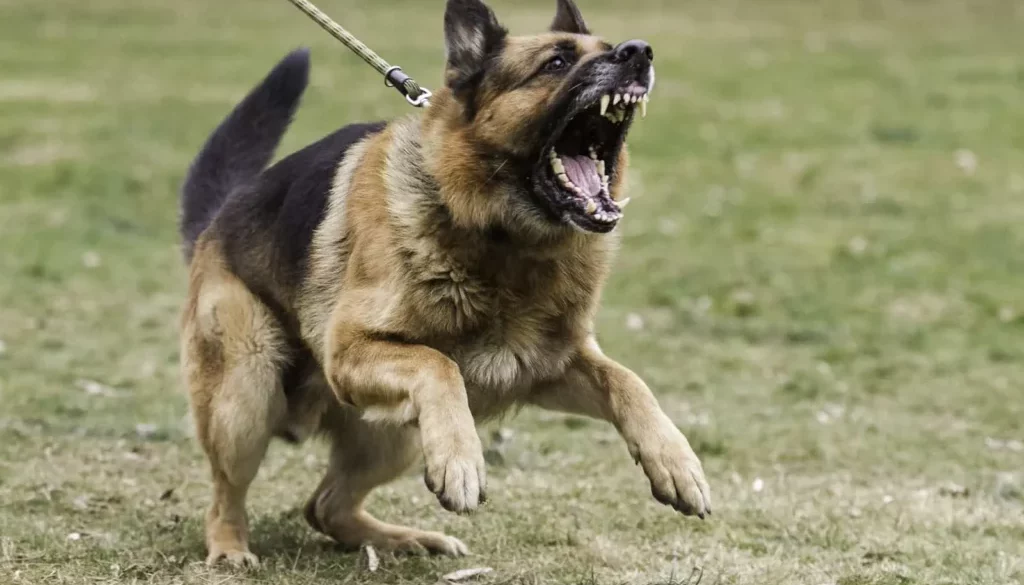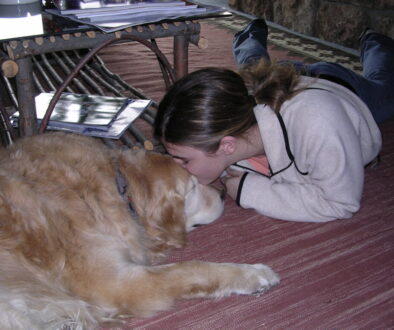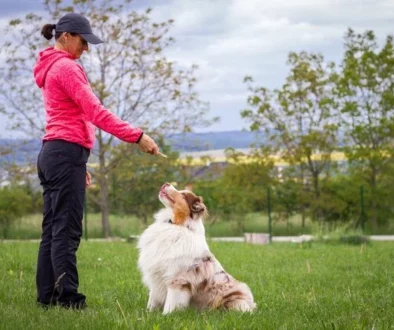Effective Communication with Aggressive Dogs
When it comes to our furry companions, understanding their behavior is crucial for a harmonious relationship. Aggression in dogs can be challenging to manage, but effective communication techniques can make all the difference. In this guide, we’ll explore how to communicate with aggressive dogs in a way that fosters trust and reduces conflict.
Understanding Aggressive Behavior
Aggression in dogs is a complex behavior that can arise from various factors. Understanding what drives this behavior is crucial in effectively addressing it. Dogs may exhibit aggression due to fear, territoriality, frustration, or even medical issues. It’s important to recognize that aggression is often a response to perceived threats or stressors in the dog’s environment. By understanding the root cause of the aggression, we can tailor our approach to better communicate with the dog and address the underlying issues.
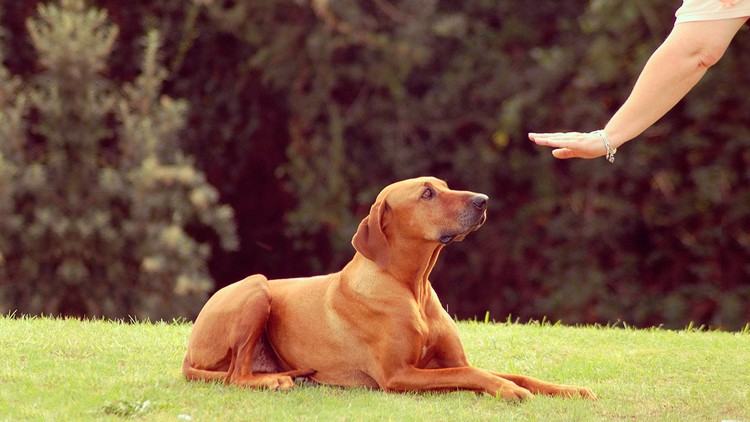
Causes of Aggression
There are several factors that can contribute to aggressive behavior in dogs. Lack of socialization during the critical developmental period, usually between 3 to 12 weeks of age, can lead to fear-based aggression towards unfamiliar people or animals. Dogs that have been subjected to abuse, neglect, or traumatic experiences may also develop aggressive tendencies as a form of self-defense. Additionally, genetic predispositions, such as breed-specific traits or inherited temperament, can influence a dog’s propensity towards aggression. Hormonal imbalances, pain, or discomfort due to medical conditions can also manifest as aggressive behavior in dogs. Understanding the underlying causes of aggression is essential in formulating a comprehensive management plan.
Signs of Aggression
Recognizing the signs of aggression is crucial for both safety and effective communication with the dog. Aggressive behavior can manifest in various forms, ranging from subtle warning signals to overt displays of aggression. Common signs include growling, baring teeth, lunging, snapping, or biting. Dogs may also exhibit body language cues such as stiff posture, raised hackles, dilated pupils, or a tense facial expression. It’s important to pay attention to these warning signs and intervene appropriately to prevent escalation. Early recognition of aggression allows for timely intervention and implementation of behavior modification techniques to address the underlying issues.
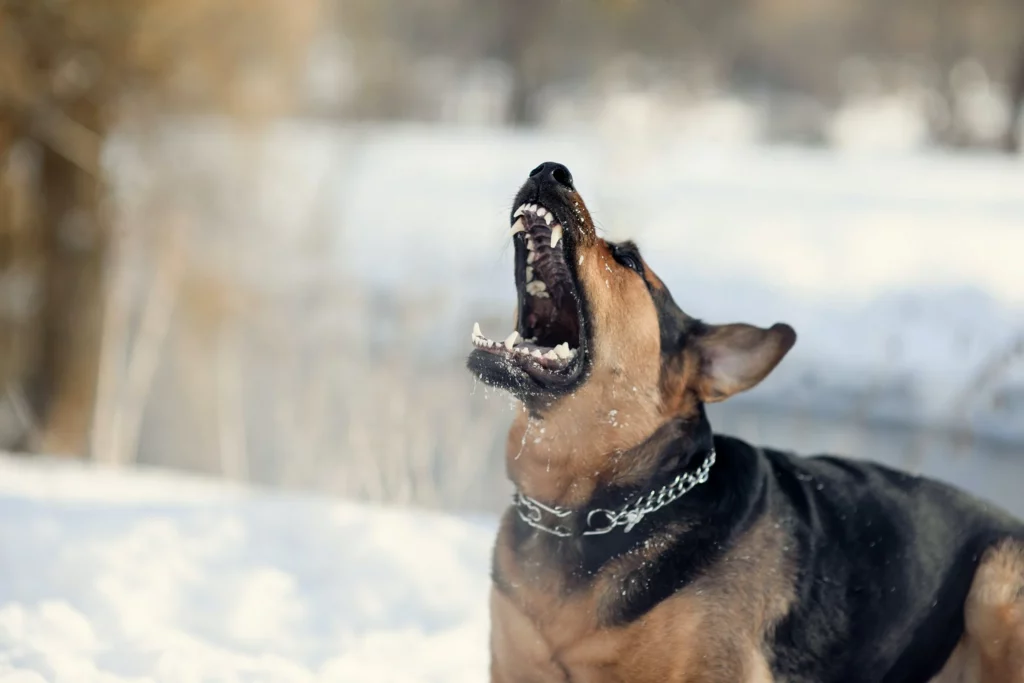
Importance of Effective Communication
Effective communication is the cornerstone of any successful relationship, including the one between a dog and their owner. When dealing with aggressive behavior, clear and consistent communication becomes even more crucial. By conveying our expectations and boundaries to the dog in a manner they understand, we can reduce misunderstandings and conflicts. Effective communication involves not only verbal cues but also body language, tone of voice, and consistent reinforcement of desired behaviors. By establishing clear lines of communication, we can build trust, strengthen the bond with our dog, and facilitate positive interactions.
Building Trust and Respect
Trust and respect are the foundation of a healthy relationship with our canine companions. Dogs, like humans, thrive in environments where they feel safe, secure, and valued. Building trust with an aggressive dog requires patience, consistency, and empathy. It involves earning the dog’s confidence through positive interactions, respecting their boundaries, and providing leadership and guidance. Trust is cultivated over time through mutual understanding and respect for each other’s needs and preferences. By demonstrating respect for the dog’s autonomy and individuality, we can foster a strong bond based on trust and mutual respect.
Body Language and Vocal Cues
Dogs rely heavily on body language and vocal cues to communicate with each other and with humans. Understanding and interpreting these signals is essential for effective communication and managing aggression. Dogs use a variety of body language cues, such as tail wagging, ear position, facial expressions, and posture, to convey their emotions and intentions. Likewise, vocalizations such as barking, growling, whimpering, or whining can provide valuable insight into the dog’s emotional state. By paying attention to these cues and responding appropriately, we can better understand the dog’s needs and address any underlying issues contributing to aggression.
Additionally, our own body language and vocal tone can influence the dog’s behavior and perception of us as leaders. By maintaining calm and assertive body language and using a confident yet reassuring tone of voice, we can convey our leadership and establish a sense of trust and security for the dog.
Using Positive Reinforcement
Positive reinforcement is a powerful tool for modifying behavior and promoting positive interactions with our dogs, including those exhibiting aggressive tendencies. This technique involves rewarding desired behaviors with something the dog finds rewarding, such as treats, praise, or toys. By consistently rewarding desirable behaviors, we can encourage the dog to repeat them while minimizing the occurrence of unwanted behaviors. Positive reinforcement helps build trust and strengthens the bond between the dog and their owner.
It also fosters a positive learning environment where the dog feels motivated to engage in desired behaviors to earn rewards. When dealing with aggression, positive reinforcement can be used to reinforce calm and non-aggressive behaviors, such as sitting calmly when approached by strangers or refraining from lunging on walks. By rewarding these behaviors, we can help the dog associate positive outcomes with calm and non-threatening responses, ultimately reducing aggression over time.
Redirecting Aggression
Redirecting aggression involves channeling the dog’s energy and focuses onto more appropriate outlets, thereby preventing aggressive behavior from escalating. This technique aims to interrupt the dog’s aggressive response and redirect their attention towards more acceptable behavior. For example, if a dog becomes aggressive towards another dog during a walk, redirecting their focus onto a toy or engaging them in a training exercise can help diffuse the situation and prevent further escalation.
Similarly, if a dog exhibits territorial aggression towards visitors, redirecting their attention with a command to go to their bed or engaging them in a game can help distract them from the perceived threat. Redirecting aggression allows us to intervene proactively and prevent confrontations while teaching the dog alternative, more acceptable behaviors.
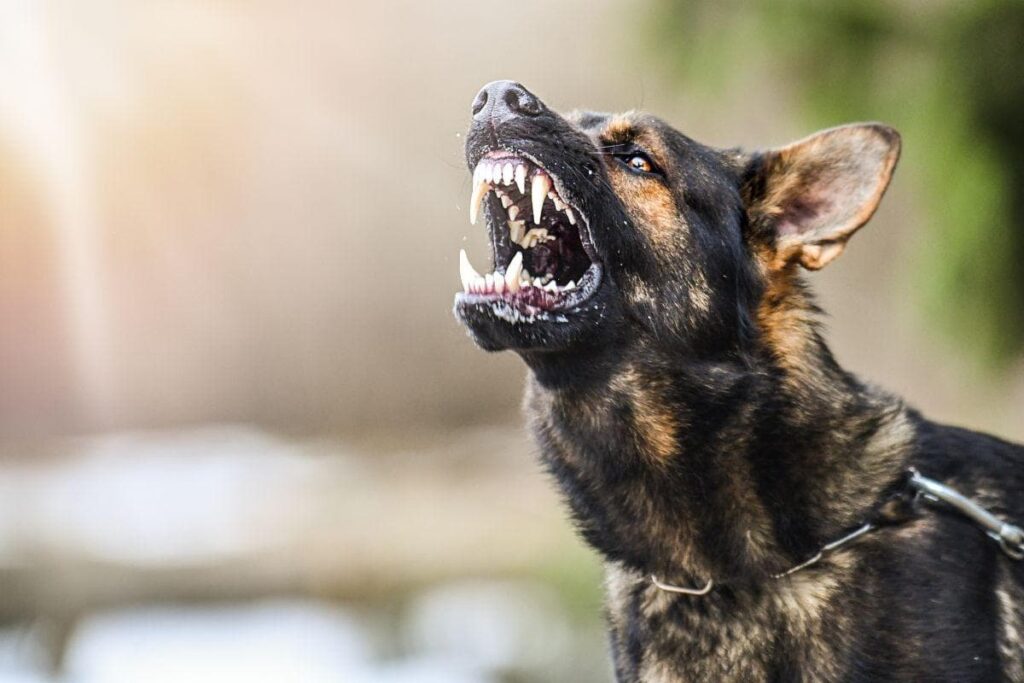
Setting Boundaries
Setting clear boundaries is essential for managing aggression and maintaining a harmonious relationship with our dogs. Boundaries define acceptable behavior and help establish a sense of structure and predictability for the dog. Consistent enforcement of boundaries helps the dog understand expectations and promotes respectful interactions. When setting boundaries, it’s important to be clear, consistent, and fair. This involves establishing rules and guidelines for behavior, such as not allowing the dog to jump on people or guarding resources.
Boundaries should be communicated clearly to the dog through consistent reinforcement and positive feedback. Enforcing boundaries may involve using verbal commands, body language cues, or redirection techniques to guide the dog towards appropriate behavior. By setting and enforcing boundaries consistently, we can establish ourselves as leaders and promote a sense of security and stability for the dog. This, in turn, helps reduce anxiety and prevent conflicts, ultimately fostering a balanced and respectful relationship between the dog and their owner.
Seeking Professional Help
In some cases, managing aggression in dogs may require the expertise of a qualified professional. A professional dog behaviorist, trainer, or veterinarian with experience in aggression management can provide valuable guidance and support tailored to the specific needs of the dog. Seeking professional help is particularly important if the aggression is severe, persistent, or poses a safety risk to the dog or others. A professional can conduct a thorough assessment of the dog’s behavior, identify underlying triggers and contributing factors, and develop a comprehensive behavior modification plan. This plan may include techniques such as desensitization and counterconditioning, behavior management strategies, and ongoing support and guidance for the owner.
Professional help can also provide reassurance and peace of mind for owners struggling to manage their dog’s aggression on their own. By collaborating with a qualified expert, owners can gain valuable insights into their dog’s behavior and develop effective strategies for addressing aggression, ultimately improving the overall well-being and quality of life for both the dog and their owner.
Conclusion: Communication with Aggressive Dogs
Effective communication is key to managing aggression in dogs and fostering a positive relationship based on trust and mutual respect. By understanding the underlying causes of aggression, recognizing warning signs, and employing positive reinforcement techniques, we can address aggressive behavior and promote calm, non-threatening responses. Building trust, redirecting aggression, and setting clear boundaries are essential components of effective communication with aggressive dogs. Additionally, seeking professional help when needed can provide valuable guidance and support for owners navigating the challenges of managing aggression.
Ultimately, by approaching aggression with patience, empathy, and a commitment to positive communication, we can strengthen the bond with our canine companions and create a safe and harmonious environment for all.
Also Read:
Pet Care Tips for Cats for Beginners
Pet Care Tips for Dogs for Beginners
